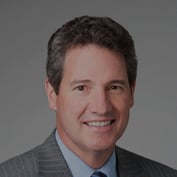The COVID-19 pandemic has accelerated many trends already apparent in the U.S. economy, including the concentration of wealth, which poses a significant opportunity for advisory firms that serve wealthy households, according to a new report from Cerulli Associates.
Related: 8 Things Advisors Should Know Now About Top Industry Trends
Even before the pandemic struck, the number of households with more than $5 million in investable assets reached a record 1.6 million in 2019 in the U.S. and their assets grew to nearly $20 trillion, or more than 43% of total investable assets in the country. Cerulli expects those assets will continue to grow, widening the wealth gap further, and providing “a growing investor base for both advisory firms and asset managers.”
It estimates that nearly $70 trillion in wealth will be transferred from aging households to their heirs and to charities over the next 25 years. Developing relationships with clients’ children will be key for the long-term growth of advisory practices serving high-net-worth households, according to Cerulli.
Firms must “understand family dynamics among their clients and the needs of both current wealth holders, as well as those of future wealth recipients, if they are to remain successful moving forward.” They will need to deliver a differentiated product set and service model based on unique needs of investors, who will be not only younger but also more often female, as competition for assets increase.
Related: Preparing Clients for a Quick Estate Planning Pivot









 December 03, 2020 at 03:03 PM
December 03, 2020 at 03:03 PM











